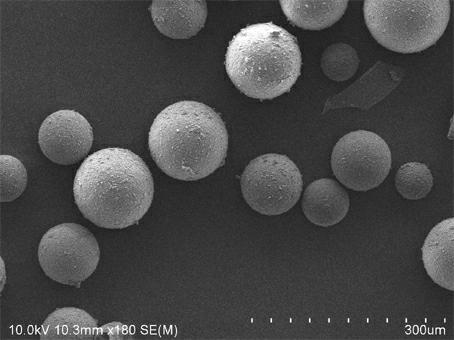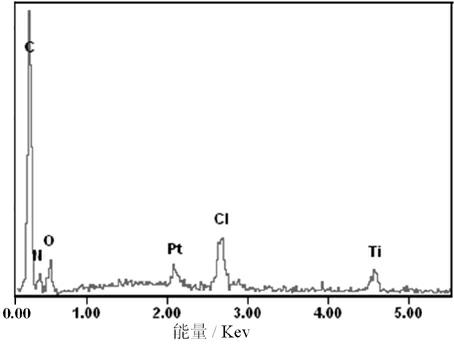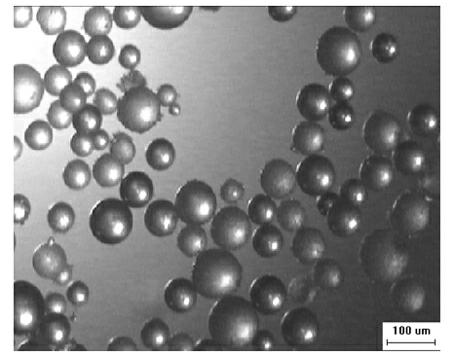High-intensity urea-formaldehyde resin microcapsule and preparation method thereof
A technology of urea-formaldehyde resin and microcapsules, applied in the field of high-strength urea-formaldehyde resin microcapsules and their preparation, can solve the problems of difficult control, harsh reaction conditions, poor sealing, etc., and achieves improved storage stability, improved mechanical strength, and improved mechanical strength. Effect
- Summary
- Abstract
- Description
- Claims
- Application Information
AI Technical Summary
Problems solved by technology
Method used
Image
Examples
Embodiment 1
[0029] A high-strength urea-formaldehyde resin microcapsule, the wall material of the capsule is urea-formaldehyde resin doped with 2%, 3%, 5%, 7% of the wall material quality of inorganic nanoparticles, the inorganic nanoparticles are particle diameter Nano titanium dioxide or nano silicon dioxide of 10nm, 20nm, 30nm, 50nm.
Embodiment 2
[0031] A preparation method of high-strength urea-formaldehyde resin microcapsules, comprising the following steps:
[0032] 1) Mix urea and formaldehyde at a molar ratio of 1:1.75, adjust the pH value to 8.5, 8.7 or 9.0, stir at 70°C, 73°C or 75°C for 1 hour, cool to room temperature, add distilled water to dilute to obtain the mass concentration 35%, 45%, 60% clear and transparent urea-formaldehyde prepolymer solution,
[0033] 2) Take 10mL, 13mL, 15mL or 20mL of the above urea-formaldehyde prepolymer solution, adjust its pH to 4.0, 4.1 or 4.2, and react at 23°C, 25°C or 26°C for 1 hour to obtain a water-soluble urea-formaldehyde resin.
[0034] 3) Disperse 0.01, 0.03 or 0.05g of inorganic nanoparticles in the oil phase to prepare an inorganic particle dispersion with a mass percentage of 0.04%, 0.12% or 0.2%, and add 40mL of the water-soluble urea-formaldehyde resin containing The deionized water of the system modifier and the system modifier accounts for 7.3% of the total...
PUM
| Property | Measurement | Unit |
|---|---|---|
| Particle size | aaaaa | aaaaa |
Abstract
Description
Claims
Application Information
 Login to View More
Login to View More - R&D
- Intellectual Property
- Life Sciences
- Materials
- Tech Scout
- Unparalleled Data Quality
- Higher Quality Content
- 60% Fewer Hallucinations
Browse by: Latest US Patents, China's latest patents, Technical Efficacy Thesaurus, Application Domain, Technology Topic, Popular Technical Reports.
© 2025 PatSnap. All rights reserved.Legal|Privacy policy|Modern Slavery Act Transparency Statement|Sitemap|About US| Contact US: help@patsnap.com



